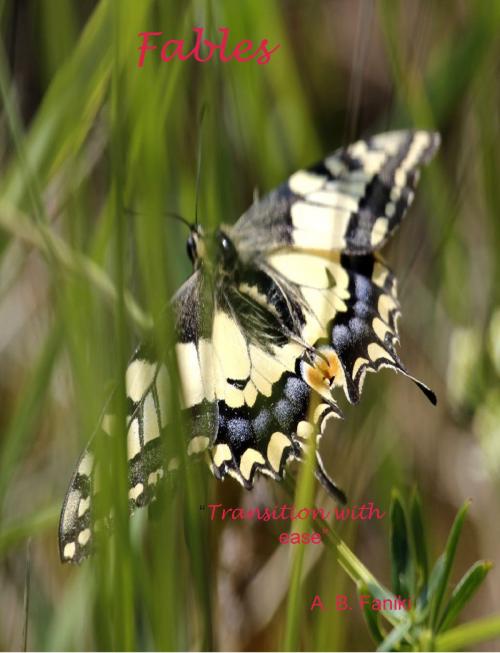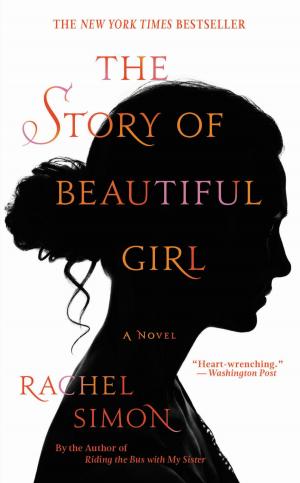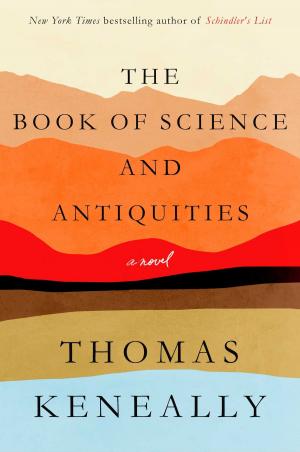| Author: | A B Faniki | ISBN: | 9780463479605 |
| Publisher: | A B Faniki | Publication: | May 24, 2018 |
| Imprint: | Smashwords Edition | Language: | English |
| Author: | A B Faniki |
| ISBN: | 9780463479605 |
| Publisher: | A B Faniki |
| Publication: | May 24, 2018 |
| Imprint: | Smashwords Edition |
| Language: | English |
It will seem very unfair of me to write a book called fable and yet not write a short synopsis on the term and the controversy surrounding it. A Fable is a literary genre but as much as I will like to write about that I think it will not be prudent of me to do so now. So here we go fables are concise fictional stories that feature animals, legendary creatures, plants, inanimate objects, and forces of nature: that are anthropomorphized. These stories illustrate or lead to a particular moral lesson which may at the end be added explicitly as a pith maxim.
A fable differs from a parable in that the latter excludes animals, plants, inanimate objects, and forces of nature as actors that assume speech or other human traits. Parables tend to lean toward spiritual lesson while fable leans toward maxim. I have added a popular parable (the widow and the judge) in this book to indicate that, I have also written a fable title the dog in this book that has the same theme as the popular parable, yet it path maxim is about skill rather than virtue. To sum it all up: whether fables or parable their all short stories with a particular moral lesson to teach at the end of the day.
Aesop is thought to be the first person to use animals as characters in his stories. He is a Greek fabulist and storyteller who has told a number of fables now collectively known as Aesop's Fables. Although his existence remains unclear and no writings by him survive, numerous tales credited to him were gathered across the centuries and in many languages in a storytelling tradition that continues to this day. Many of the tales are characterized by animals and inanimate objects that speak, solve problems and generally have human characteristics. Not to get ahead of myself I will stop with the history thingy and leave it to historians.
Storytelling has always been a human trait that is as old as Adam and Eve. Now whether the credit given to Aesop is merited or not; I think we can all agree that people breathe and live stories every day. Whenever such stories are shared it’s a wonderful thing. Growing up in a community rich with stories has inspired me to share my fables with you readers I will stop with this babbles and let you read on: happy reading.
It will seem very unfair of me to write a book called fable and yet not write a short synopsis on the term and the controversy surrounding it. A Fable is a literary genre but as much as I will like to write about that I think it will not be prudent of me to do so now. So here we go fables are concise fictional stories that feature animals, legendary creatures, plants, inanimate objects, and forces of nature: that are anthropomorphized. These stories illustrate or lead to a particular moral lesson which may at the end be added explicitly as a pith maxim.
A fable differs from a parable in that the latter excludes animals, plants, inanimate objects, and forces of nature as actors that assume speech or other human traits. Parables tend to lean toward spiritual lesson while fable leans toward maxim. I have added a popular parable (the widow and the judge) in this book to indicate that, I have also written a fable title the dog in this book that has the same theme as the popular parable, yet it path maxim is about skill rather than virtue. To sum it all up: whether fables or parable their all short stories with a particular moral lesson to teach at the end of the day.
Aesop is thought to be the first person to use animals as characters in his stories. He is a Greek fabulist and storyteller who has told a number of fables now collectively known as Aesop's Fables. Although his existence remains unclear and no writings by him survive, numerous tales credited to him were gathered across the centuries and in many languages in a storytelling tradition that continues to this day. Many of the tales are characterized by animals and inanimate objects that speak, solve problems and generally have human characteristics. Not to get ahead of myself I will stop with the history thingy and leave it to historians.
Storytelling has always been a human trait that is as old as Adam and Eve. Now whether the credit given to Aesop is merited or not; I think we can all agree that people breathe and live stories every day. Whenever such stories are shared it’s a wonderful thing. Growing up in a community rich with stories has inspired me to share my fables with you readers I will stop with this babbles and let you read on: happy reading.















